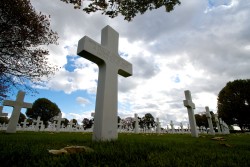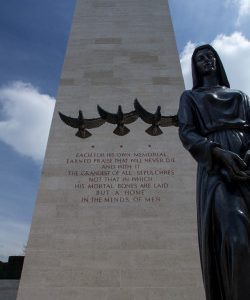On 8 May 1945, the Germans surrendered unconditionally thus ending the war in Europe. This day became known as “Victory in Europe Day” or simply, “VE Day” (Russia, Belarus, Serbia, and Israel celebrate VE Day on 9 May). So, the war was over, and everyone went home to promptly forget the nightmare of the past six years. Right? Well, not everyone.
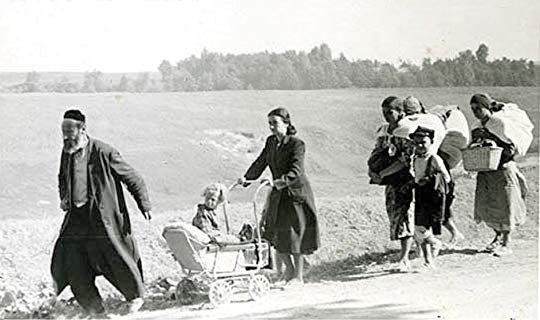
When major conflicts end (e.g., the American Civil War), the tendency is for the participants to return to their previous lives and take up where they had left off. It was normal for them to “forget” about the tragic experiences of whatever conflict they had been involved in. Most of us know about the men and women returning from the Pacific and European theaters after the end of World War II. They were our parents, grandparents, or other relatives and most of them never spoke about their experiences ever again ⏤ all they wanted to do was get an education, marry, and go on with their lives.
Well, not everyone could go home or forget.
Did You Know?
Did you know that in France, there is no official state “Victory in Europe Day” or even a Liberation Day? Officially, they call it Victoire 1945. Unlike other European countries which were liberated on a single day (e.g., Netherlands on 5 May 1945), France was liberated town-by-town. So, each town or city would likely celebrate its own Liberation Day corresponding to the date it was liberated.
The utter devastation in Europe (the Pacific Theater was no different) at the end of the war meant that tens of millions of people were displaced, facing extreme hunger, and likely looking for shelter and their relatives. These people, both German as well as the former oppressed, could not go home and forget about the war. For these unfortunate people, the aftermath of World War II horrors continued for years. It is a story that has never received much attention and so, we all believe the war ended on 8 May and that was that.
The War’s Toll
Nearly forty million people died during World War II. More than half were non-combatant fatalities. Six million Jews were exterminated. Soviet deaths ⏤ military and civilian ⏤ are estimated to be between twenty-five and twenty-seven million. American deaths in the combined war theaters totaled around 420,000.
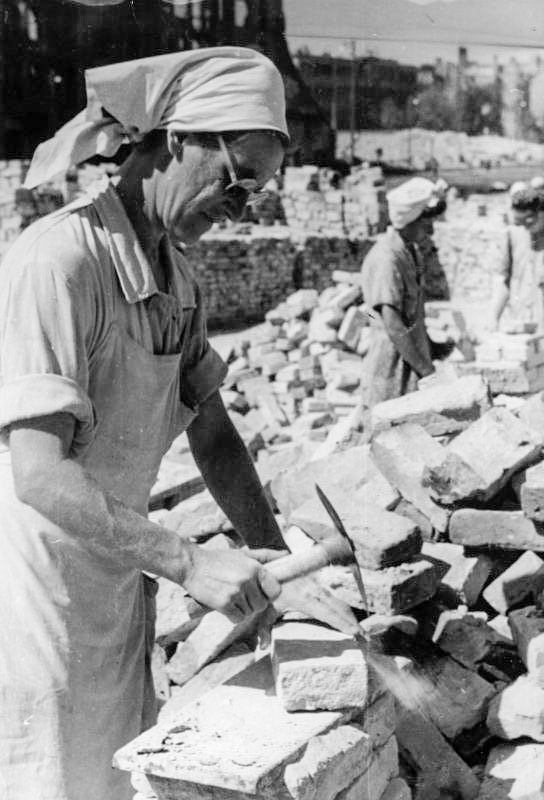
What we call “collateral damage” today was huge. Food sources were cut in half and wouldn’t recover for years. Sixty percent of Yugoslavia’s roads were destroyed while the Netherlands lost the same percentage of its road, rail, and canal transport systems. Poland lost a third of its rail tracks and one-fifth of its roads while eighty-five percent of its rolling stock (i.e., trains) was destroyed. One fifth of all German living spaces were uninhabitable leaving twenty million of the country’s civilians homeless. The Soviet Union suffered the worse. Some seventy thousand villages, two thousand towns, and numerous cities were completely leveled. Thirty-two thousand factories were destroyed while forty thousand miles of rail track was decimated. Around twenty-five million Soviet citizens were without shelter.
Homeless
Millions of people were left homeless after the war. After returning to their cities, towns, and villages, they found utter destruction with nothing left. Adding to their misery, food was scarce and near starvation became a way of life. Families had been torn apart. It was thought that half of the European population was in transit at the end of the war.
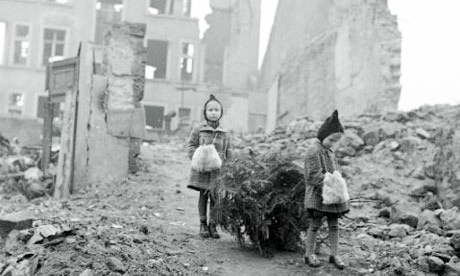
Also returning home were the surviving victims of the Nazi concentration, extermination, and forced labor camps. Approximately two thousand French soldiers were captured during the Battle of France in 1940 and now, the POWs were released to find their way back to France. Everyone shared three things in common: finding shelter, food, and trying to locate their families.
Refugee camps were initially established by nationality. “Displaced persons,” including Jewish survivors, were placed in these camps but it became apparent very quickly that former inmates were being housed with their former torturers. It was not until the fall of 1945 that President Truman ordered General Eisenhower to create separate facilities for the Jews and increase their rations. A concerted effort was made to identify the leaders in the refugee camps who, as General Patton stated, looked at Jews as “lower than animals.” These segregated camps remained open for three to five years because countries would not offer asylum to the survivors. Read More After VE Day

